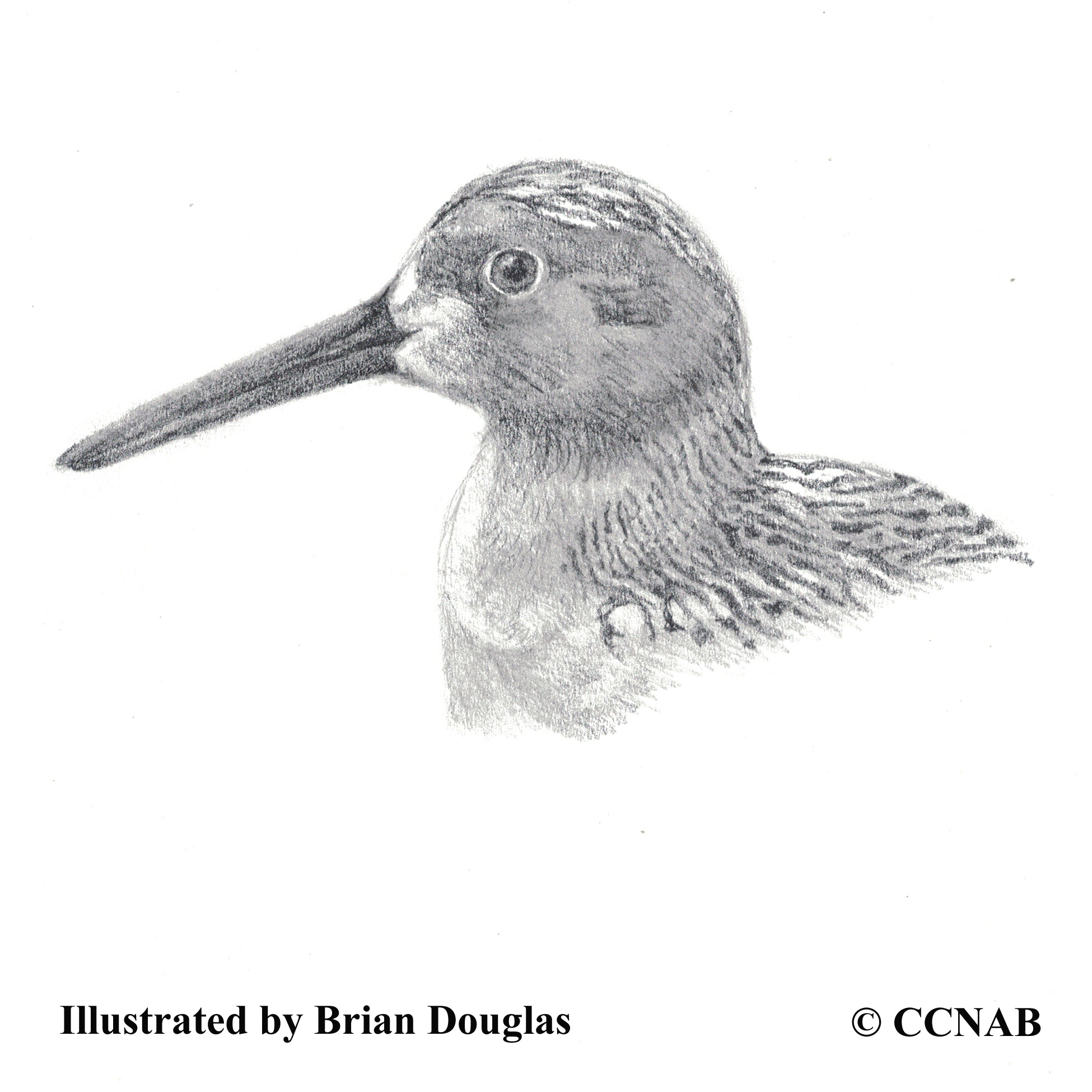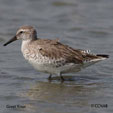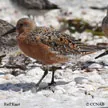Field Guide for all the Birds of North America
Knots
Bécasseaux
Scolopacidae
Information, images and range maps on over 1,000 birds of North America, including sub-species, vagrants, introduced birds and possibilities
North American Bird Search Box
The Red Knot is the only native knot found in North America. The Great Knot is a bit larger than the Red Knot and is a native bird of Asia.
These two shorebirds are in declining numbers. The Red Knot because of loss of feeding areas along the Atlantic coastlines. Crab harvesting has lead to a shortage of crab eggs which are the main source of the bird's diet.

The Red Knots depend on these crab eggs to restore and build fat for their long fall migrations into the southern hemispheres. The Great Knot is suffering from over hunting in the North Asian countries along the northern Pacific coastlines.
The knots are sturdy looking birds with mid-length thick bills and strong legs. Both species nest in the northern regions of their native continent.
Reference to Other Bird Site:
ABA - American Birding Association This site represents an organization that maintains official records of all birds species that have been proven to have been seen inside the perimeters of the North American Continent and the surrounding bodies of water. Regular revised versions are posted to keep the bird list current at all times. This is the list used by all serious birders over their lifetime. You may be aware of the movie called the "Big Year". It was with this list that all the competing birders used in an attempt to set a new record as to how many bird species that could be seen by an individual birder in one calendar year.


